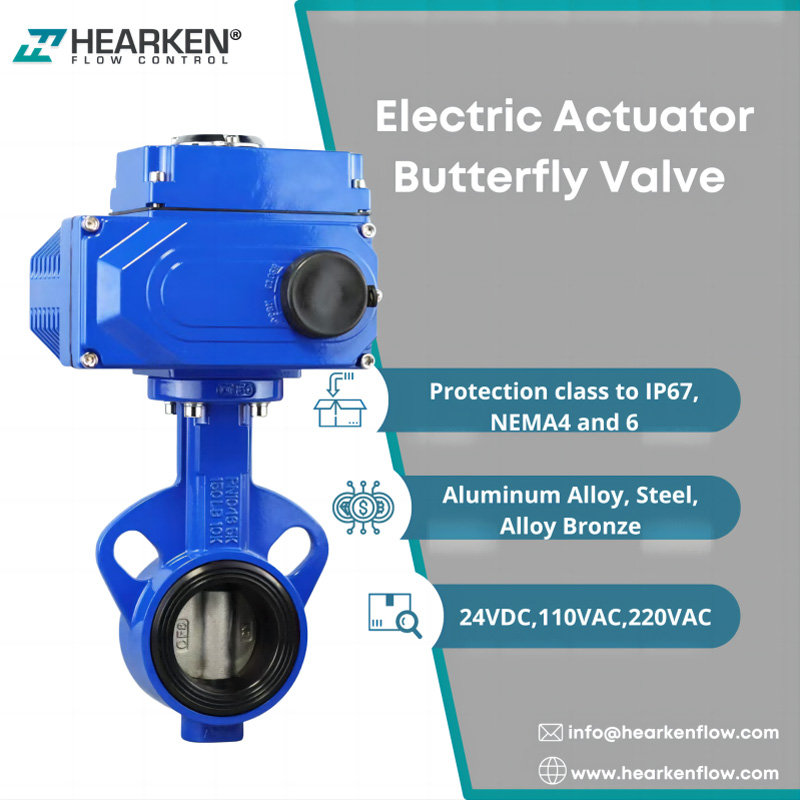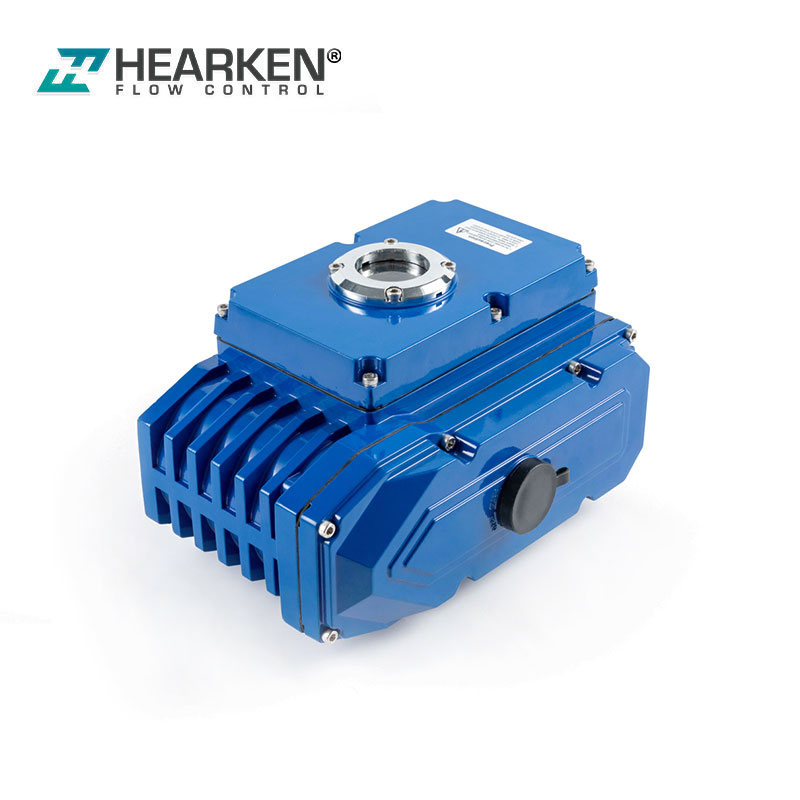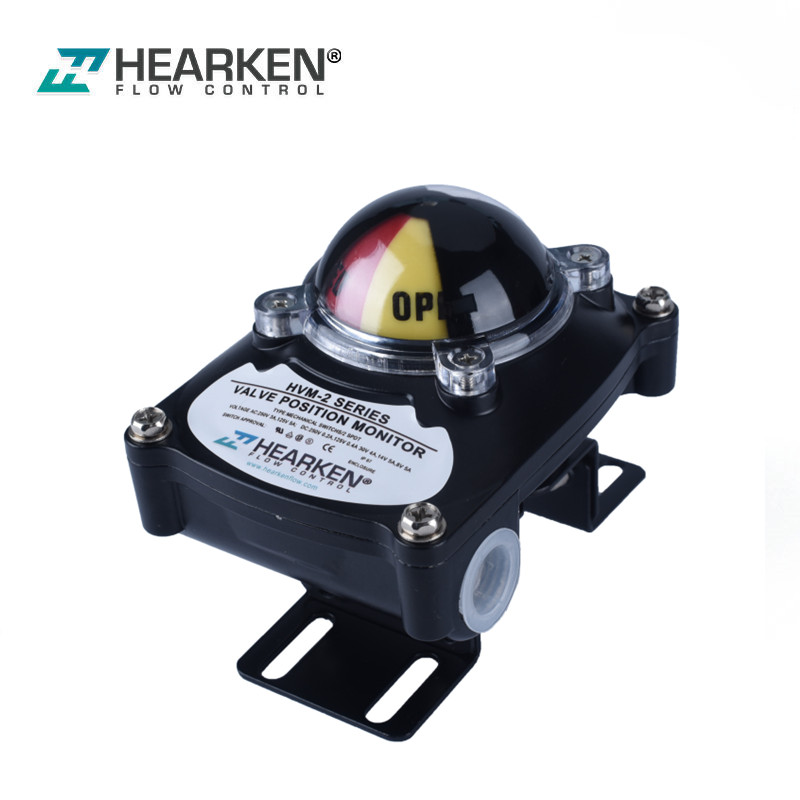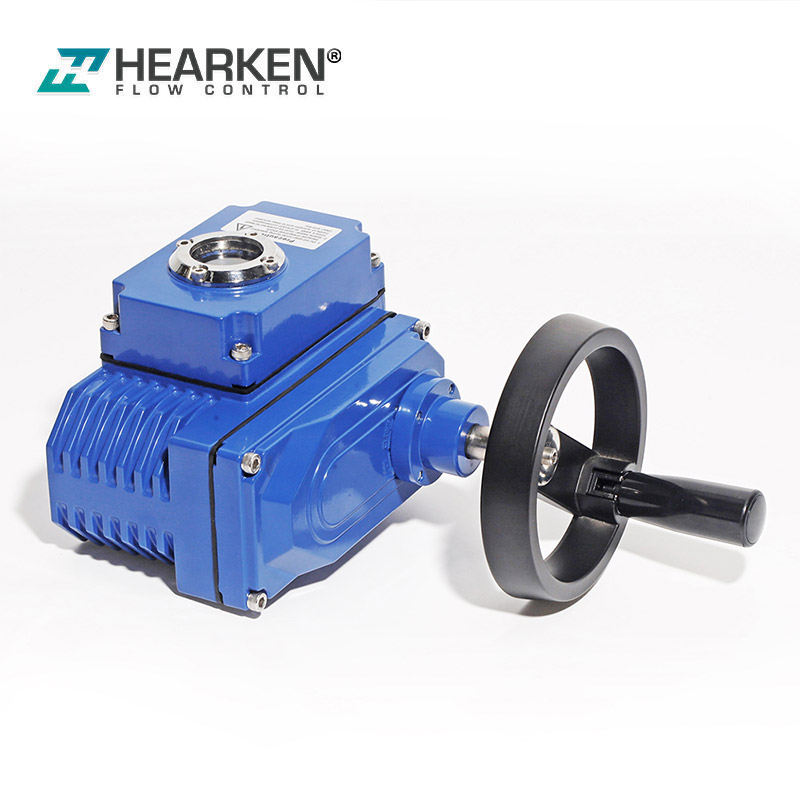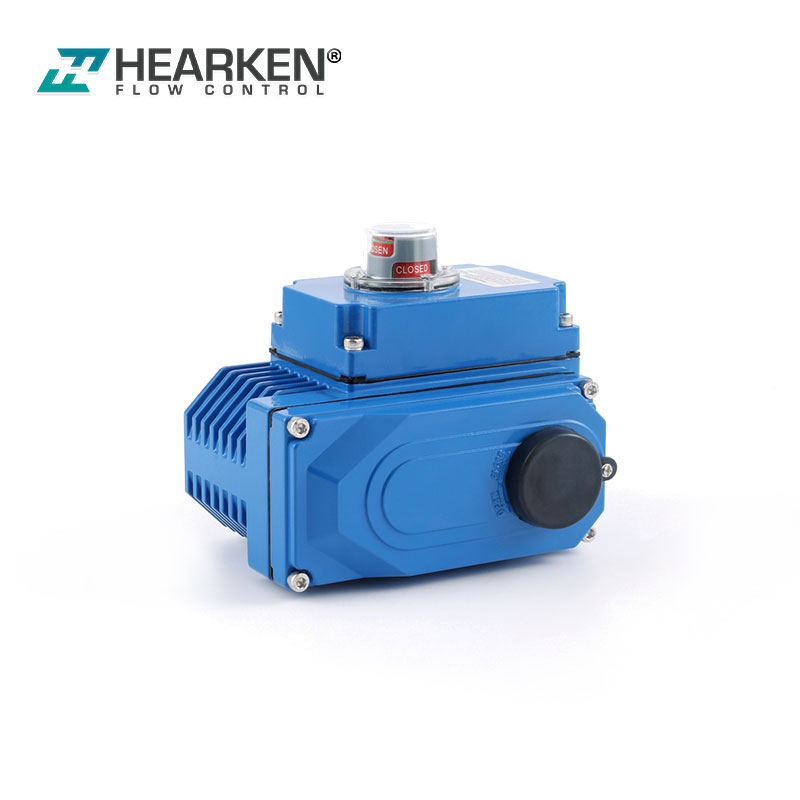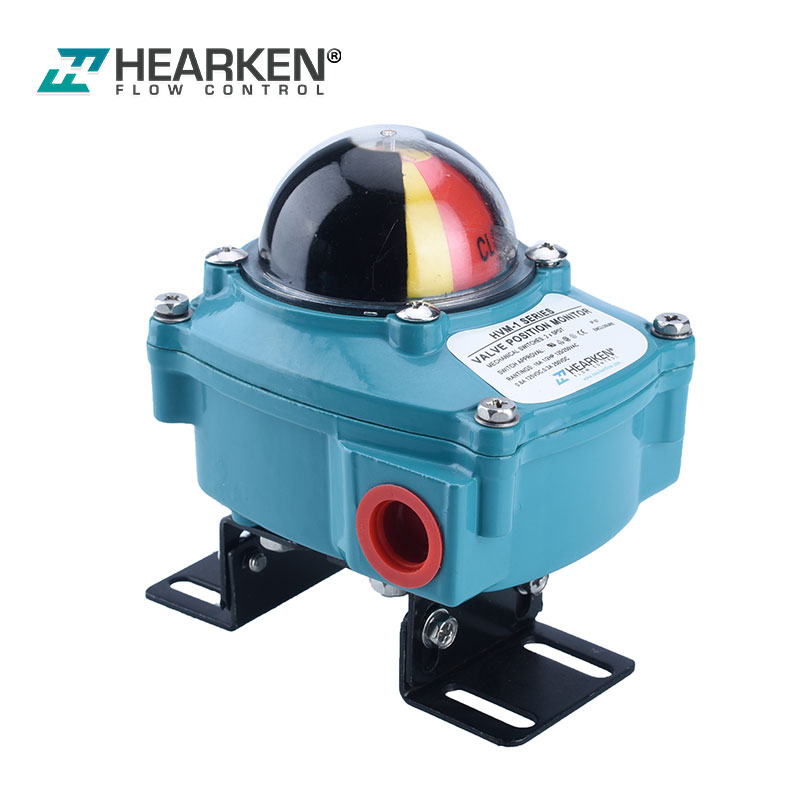What are the driving methods of the valve?
The valve drive mode can be divided into manual drive, handle handwheel type, spring lever type, electric drive, electromagnetic type, electric motor type, pneumatic drive. The commonly used valve driving methods are manual, pneumatic, hydraulic and electric. Different driving methods correspond to different working conditions and environments. This article will take you to understand the common valve driving methods.
Manual valve
Manual valve is the most basic driving method, which is to operate the valve manually. The manual form includes direct drive by hand wheel, handle or wrench and drive through the transmission mechanism turbine.
When the starting torque of the valve is large, it is difficult to operate the ordinary handle or handwheel, and it can be driven by gear or turbine transmission. Gear transmission is divided into spur gear transmission and bevel gear transmission. The gear transmission reduction ratio is small, suitable for gate valves and globe valves, and the turbine transmission reduction ratio is relatively large, suitable for butterfly valves, ball valves, etc.
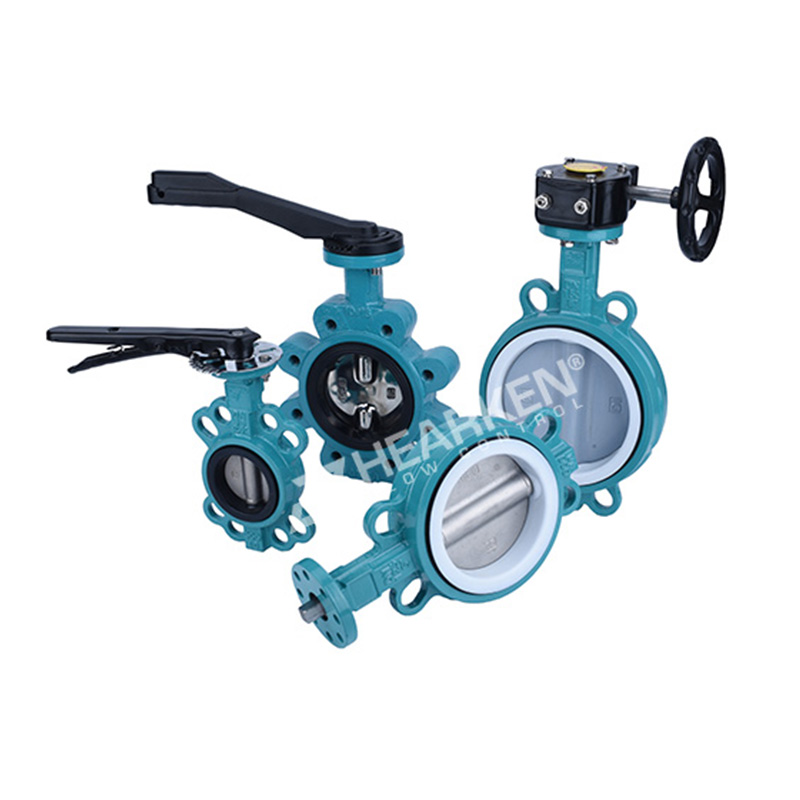
Pneumatic and Hydraulic Valves
There are many similarities between pneumatic valves and hydraulic valves. The pneumatic and hydraulic driving forms are based on a certain pressure of air, water or oil as the power source, and use the cylinder or hydraulic cylinder to make the piston movement to drive the valve to open and close.
Generally, the pneumatic air pressure is less than 0.8MPa, and the hydraulic water pressure or oil pressure is 2.5MPa~25MPa. Both pneumatic and hydraulic drives are available for butterfly, ball and plug valves. The difference is that the driving force of the hydraulic device is larger, which is suitable for driving large-diameter valves.

Electric Actuator Valve
Electric actuator valve is a valve driven by electricity, and it is also one of the most commonly used valve driving methods. The advantages of electric valve are as follows:
1. Fast opening and closing, the valve opening and closing time is greatly reduced.
2. It can reduce the work intensity of valve operators, especially suitable for high-pressure valves and large-diameter valves.
3. Electric valves are generally installed in locations that cannot be manually operated or difficult for operators to approach (at high altitudes or where the operating environment is dangerous). It can be operated from a distance, and the installation height is limited, which can also ensure the safety of operators.
4. Conducive to the automation of the whole system.
5. Power is easier to obtain than air and liquid sources, and the laying and maintenance of electrical wires is also much simpler than compressed air and hydraulic lines.
Of course, the electric valve also has some shortcomings. Its structure is more complicated, and it is not easy to be used in a place with a humid external environment. When it is used in an explosive medium, it also needs to be flame-proof.
